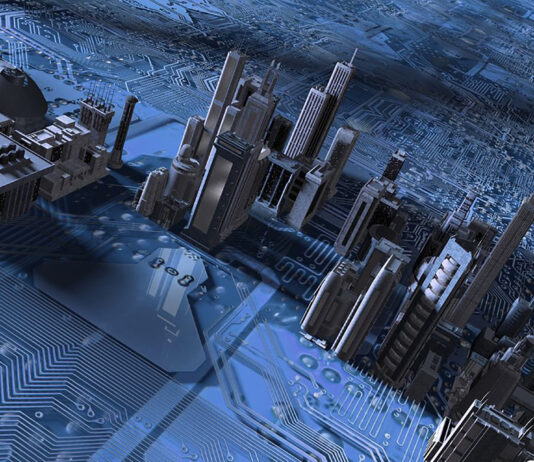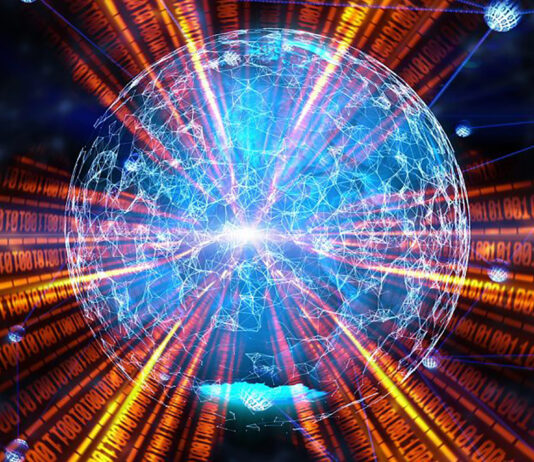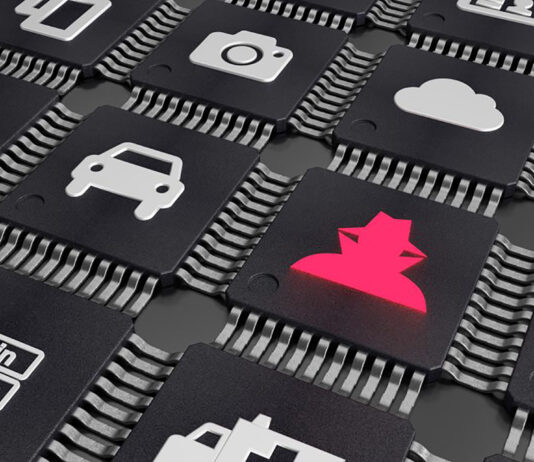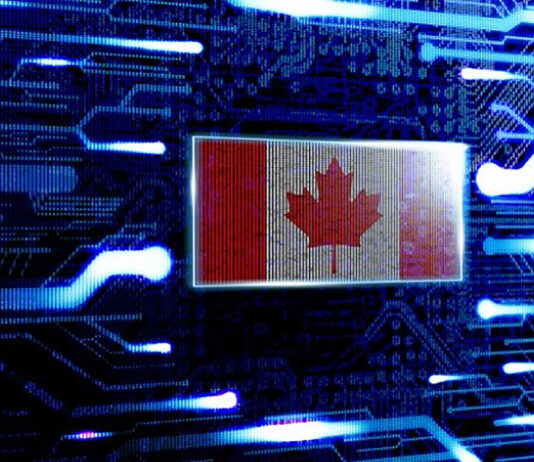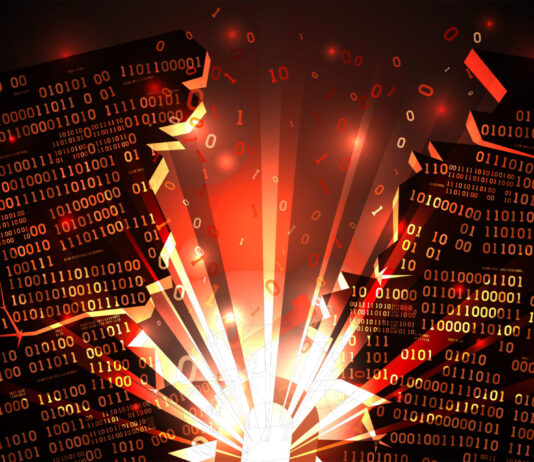Tag: IOT
I get accused of focusing too much on 5G as the only future IoT connectivity option. I do write a lot about how 5G will revolutionize our society, become the most critical of critical infrastructures and about security threats with 5G. I see 5G, with its low latency, high bandwidth, network slicing and ubiquitous coverage becoming the foundational capability for mission critical industrial, agricultural, financial, medical, education, energy and transportation, even military and emergency services IoT communication needs.
That’s not to say that 5G is the only IoT connectivity option. There are plenty of others.
IoT applications have some common requirements...
Emerging Technology and Geopolitics of 5G
There are several reasons emerging technology is a highly competitive industry, notwithstanding the race for intellectual property that can be licensed by burgeoning markets for revenue. A first-mover advantage is often a way to lock in relationships that can lead to long-term infrastructure commitments, integration support services, and service delivery platform development. As the adage goes, “Whoever owns the platform, owns the customer.” This race to be the first to establish technological platforms and lock-in their customers is increasingly becoming politicized. And 5G, the next generation of cellular mobile communications technology, is the best...
Hyped as the technology that will transform the world, 5G is moving past the buzzword stage with first implementations coming to life in 2019. Nations are racing to 5G with such fervor that it now became one of the hottest hot-button geopolitical issues.
With latency as low as 1 ms and speeds of up to 4 Gbps, as well as a wider range of frequency bands and enhanced capacity, 5G will be able to accommodate innovative use cases and much greater numbers of connected devices, driving overall growth for Internet of Things (IoT).
In addition to the speed and capacity improvements,...
More than half of the world’s population lives in cities. The UN estimates that by 2050 that proportion will be 68% - more than 6 billion people living in high-density conditions. This raises significant challenges. What is the best way to ensure that human needs are met in a fair and equitable way? How will we face challenges like resource strain, waste and pollution management, traffic congestion and connectivity?
In response to these wicked problems, cities are increasingly relying on smart technologies to foster greater efficiency and sustainable growth. These interventions do not, however, come without their own complications. Just...
From The Jetsons to Blade Runner, to Back to the Future, to A.I. to The 5th Element, popular culture has long been fascinated by what the future would look like for ordinary people. In these films and countless others, humans of the future are shown engaging with technology that speaks to them, cooks for them, asks them how their day was and connects them with the outside world in a seamless and intuitive way. These are all examples of what we now regard as smart homes and smart cities – living spaces optimized by devices connected through the Internet...
Technologies that could change the world have been a popular topic for the past half century. True, the predictions that everyone would drive flying cars have not materialized, but what has materialized would astound those who offered such predictions 50 years ago. And where emerging technologies are headed is even more stunning.
Seven technologies, in my opinion, are poised for explosive growth in 2019. And what they can accomplish this year and beyond is not even the most significant disruption that I see them causing. But I’ll get to that later. First, let’s look at the Significant Seven.
Internet of Things...
Getting smart about security in smart systems
Smart used to be something we called people or pets. It wasn't a term one would use to describe one's hairbrush. That is changing, of course, in an era of accelerating digital transformation. Now we have smart homes, smart cities, smart grids, smart refrigerators and, yes, even smart hairbrushes. What's not so smart, though, is the way the cybersecurity and cyber-kinetic security risks of these systems are often overlooked, and with new horizon technologies like 5G, these problems are set to grow exponentially.
Cyber-physical systems and the smartification of our world
Cyber-connected objects have become...
Cybersecuring railway systems from potential attackers must become paramount in the digitization that those systems currently undergo. Their cybersecurity is too closely interlinked with the railway safety to leave the door open to disruption. To make matters worse, they are increasingly being targeted.
Railway systems have long been critical. Mass transit systems move hundreds of thousands of people throughout urban areas each work day. Freight systems move an estimated 40 tons of freight for every person in the U.S. every year. Imagine the chaos if they were disrupted.
These systems have always been challenging to secure. Even urban mass transit systems...
The human brain is programmed to keep us safe and secure. Yes, we are separated from the rest of the animal kingdom by our advanced capacities of sense-making and decision-making, but at the core of our grey matter remains some primitive but powerful tech tasked with keeping us alive. If your amygdala senses danger, it makes a split second decision and triggers the fight-or-flight response, flooding your body with hormones like adrenaline that prepare you for battle. This overrides the cortex – the sophisticated part of the brain we rely on for problem-solving and strategic thinking – making it...
Canada’s rankings in innovation has lagged that of other peer nations for decades despite government efforts to address this issue. Considering its success in developing research programs at its universities, its mediocre rankings overall in technology development is disappointing. Those programs alone have not been enough to translate into entrepreneurial innovation.
A 2017 C.D. Howe Institute study points out that, even though Canadians have been at the forefront of breakthroughs in emerging technologies, in many cases, the chief beneficiaries of those breakthroughs have been other nations’ economies. Canada needs to take a stronger role in building an environment in which...
In their growing efforts to increase efficiencies through digitization and automation, railways are becoming increasingly vulnerable to cyber-kinetic attacks as they move away from strictly mechanical systems and bespoke standalone systems to digital, open-platform, standardized equipment built using Commercial Off the Shelf (COTS) components.
In addition, the increasing use of networked control and automation systems enable remote access of public and private networks. Finally, the large geographical spread of railway systems, involving multiple providers and even multiple countries, and the vast number of people involved in operating and maintaining those widespread systems offer attackers an almost unlimited number of attack...
The attacker stepped out from behind a hedge in the upper-class suburban neighborhood, being careful to stay in the shadows. Across the street, the last lights shining through the windows of the house had just flickered out. She tugged the bottom of her black hoodie into place and pulled the hood up over her head, casting her face deeper in shadow.
Her target sat in the driveway at the front of the house, a bright red and completely decked out SUV. Glancing up and down the street to ensure no one was looking, she slipped across the street into the...
The maritime industry faces a not-so-distant future when ships will be completely autonomous, using navigation data that they receive to plot their own courses with only minimal input from shoreside control centers. The efficiencies this could bring are massive, but before this happens, cybersecurity issues must be addressed. Not only are many vessels configured in ways that invite cyberattacks, but security practices also need to be improved before the industry can safely navigate its future.
An increasingly digitized maritime industry
A fleet of 250 autonomous vessels may launch soon. And that would be only the beginning, according to McKinsey and Co....
In one of those strange inversions of reason, The Internet of Things (IoT) arguably began before the Internet itself. In 1980, a thirsty graduate in Carnegie Mellon University’s computer science department, David Nichols, eventually grew tired of hiking to the local Coca Cola vending machine only to find it empty or stocked entirely with warm cola. So, Nichols connected the machine to a network and wrote a program that updated his colleagues and him on cola stock levels. The first IoT device was born.
Things have moved on somewhat. Today, the world is home to 8 billion connected devices or “things”, with...
In part one of this short series on smart cities and privacy, I looked at the driving forces and factors behind the development of the smart city. Factors such as environmental change, technological advances, and increasing need for sustainability, as cities become the home of over half the population of the planet. I also explored the technologies making the smart city a reality. Technologies behind the ethos of smart water, smart buildings, and smart transport. All of these innovations require data in some form or another, and much of it personal data from ourselves. These data may be directly...





